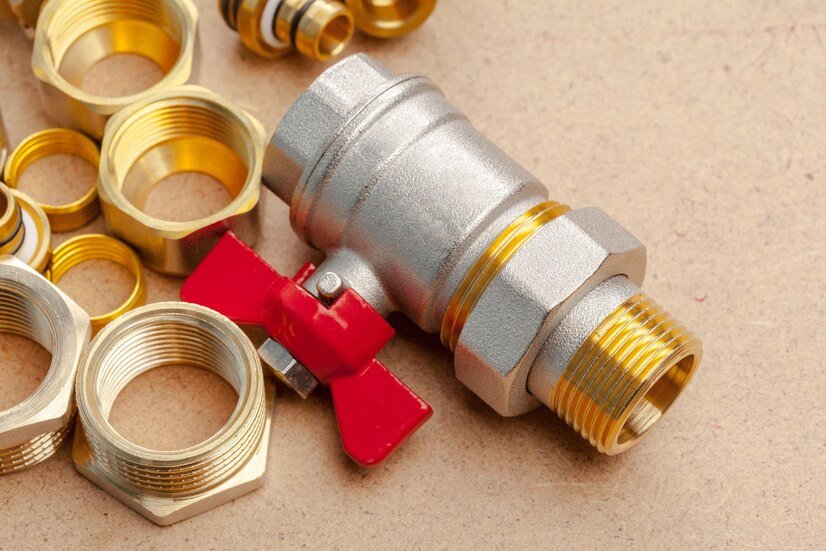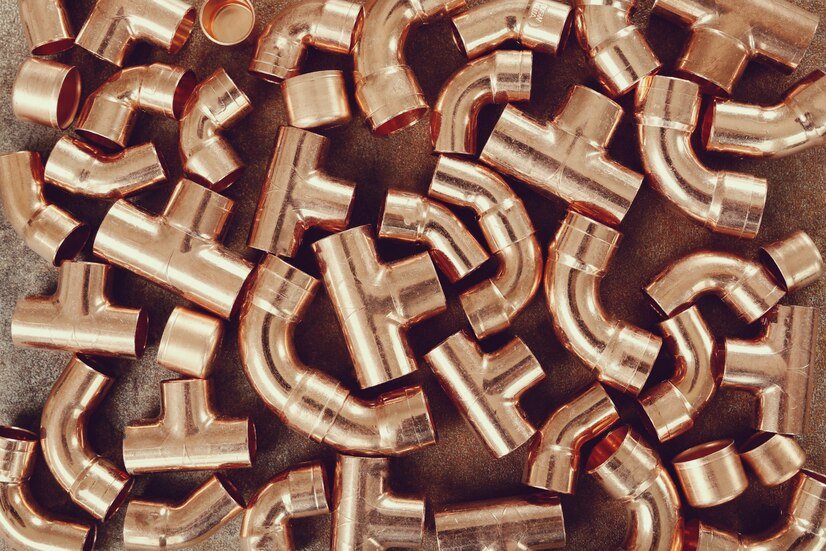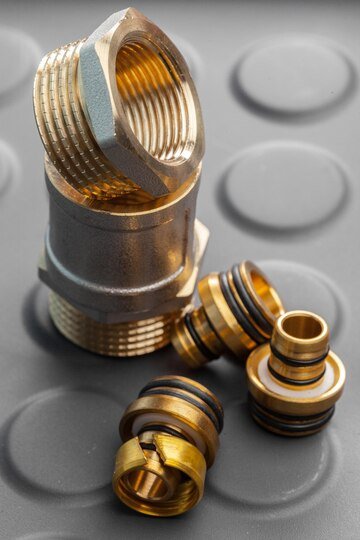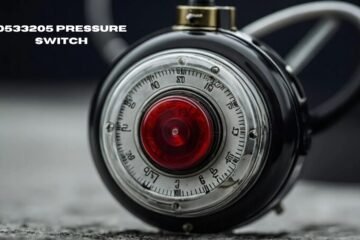Introduction

Brass fittings are essential components used in various industries, including plumbing, automotive, and manufacturing. Their durability, corrosion resistance, and aesthetic appeal make them a popular choice for many applications. In this comprehensive guide, we’ll explore everything you need to know about brass fittings, including their types, uses, benefits, and maintenance tips. Whether you’re a DIY enthusiast, a contractor, or just curious about these versatile components, this article will provide valuable insights and practical information.
What Are Brass Fittings?

Brass fittings are mechanical components made from brass, an alloy primarily composed of copper and zinc. These fittings are designed to connect, control, or terminate pipes, hoses, and tubing in various systems. Brass fittings come in a wide range of shapes and sizes, each tailored to specific applications. Their strength and resistance to rust and corrosion make them ideal for use in both residential and industrial settings.
Types of Brass Fittings
1. Brass Compression Fittings
Brass compression fittings are used to join two pieces of tubing or pipe. They create a secure connection through a compression mechanism, which involves tightening a nut onto a ferrule that compresses around the tubing. These fittings are commonly used in plumbing and hydraulic systems due to their reliability and ease of installation.
2. Brass Elbow Fittings
Brass elbow fittings are designed to change the direction of flow in a piping system. Available in various angles, such as 45 and 90 degrees, these fittings help navigate around obstacles or make turns in the piping layout. They are commonly used in both residential and commercial plumbing systems.
3. Brass Tee Fittings
Brass tee fittings are used to connect three sections of pipe or tubing in a T-shaped configuration. They are ideal for branching out a pipeline into two separate lines or connecting multiple lines to a single source. These fittings are often used in water distribution systems and air conditioning setups.
4. Brass Couplings
Brass couplings are used to join two pieces of pipe or tubing end-to-end. They are available in various sizes and types, including slip couplings and threaded couplings. Brass couplings are essential for extending or repairing pipelines and are commonly used in both plumbing and industrial applications.
5. Brass Cap Fittings
Brass cap fittings are designed to close off the end of a pipe or tube. They are used to seal off unused pipe ends or to prevent debris from entering the system. Brass caps are often found in water supply systems and gas lines, ensuring safety and preventing leaks.
6. Brass Plug Fittings
Brass plug fittings serve a similar purpose to brass caps, but they are typically used to seal threaded pipe ends. They are often used in hydraulic and pneumatic systems to block off unused ports or openings.
Benefits of Brass Fittings
1. Corrosion Resistance
One of the most significant advantages of brass fittings is their resistance to corrosion. Brass is highly resistant to rust and degradation, making it suitable for use in wet or harsh environments. This durability extends the lifespan of the fittings and reduces the need for frequent replacements.
2. Strength and Durability
Brass fittings are known for their strength and durability. They can withstand high pressures and temperatures, making them ideal for various industrial applications. Their robust construction ensures reliable performance and longevity.
3. Ease of Installation
Brass fittings are generally easy to install. Many types, such as compression fittings, do not require special tools or skills for installation. This ease of use makes them a popular choice for both professional plumbers and DIY enthusiasts.
4. Aesthetic Appeal
The golden color of brass fittings adds a touch of elegance and sophistication to any system. They are often used in decorative applications, such as antique fixtures and high-end plumbing setups, where appearance matters as much as functionality.
5. Versatility
Brass fittings are versatile and can be used in various applications, including plumbing, automotive, HVAC, and industrial systems. Their wide range of types and sizes ensures that there is a brass fitting for almost any need.
How to Choose the Right Brass Fittings
Selecting the right brass fittings involves considering several factors:
1. Application Requirements
Determine the specific requirements of your application, including pressure, temperature, and flow rate. Different types of brass fittings are designed for different purposes, so choose the one that best matches your needs.
2. Size and Compatibility
Ensure that the brass fittings you select are compatible with the pipes or tubing you are using. Check the size and thread type to ensure a proper fit and prevent leaks.
3. Quality and Standards
Choose high-quality brass fittings that meet industry standards and specifications. Look for fittings from reputable manufacturers to ensure reliability and durability.
4. Installation and Maintenance
Consider the ease of installation and maintenance when selecting brass fittings. Some fittings may require special tools or techniques for installation, while others are designed for quick and easy setup.
Maintenance and Care for Brass Fittings
Proper maintenance is essential to ensure the longevity and performance of brass fittings. Here are some tips for keeping your brass fittings in top condition:
1. Regular Inspection
Periodically inspect brass fittings for signs of wear, corrosion, or leaks. Early detection of issues can prevent more significant problems and costly repairs.
2. Cleaning
Clean brass fittings regularly to remove dirt, debris, and buildup. Use a mild soap solution and a soft cloth to avoid scratching the surface. Avoid harsh chemicals that can damage the brass.
3. Proper Installation
Ensure that brass fittings are installed correctly to prevent leaks and other issues. Follow the manufacturer’s instructions and use the appropriate tools for installation.
4. Protect from Extreme Conditions
Protect brass fittings from extreme temperatures and harsh chemicals that can cause damage. Consider using protective coatings or covers when fittings are exposed to harsh environments.
FAQs
What are the common uses of brass fittings?
Brass fittings are commonly used in plumbing systems, automotive applications, HVAC systems, and industrial machinery. They are used to connect, control, or terminate pipes and tubes.
How do brass fittings compare to other materials?
Brass fittings offer excellent corrosion resistance, strength, and aesthetic appeal compared to other materials like plastic or steel. However, they may be more expensive than some alternatives.
Can brass fittings be used in high-pressure applications?
Yes, brass fittings are suitable for high-pressure applications due to their strength and durability. However, it is essential to select the appropriate type and size for the specific pressure requirements.
How can I prevent corrosion on brass fittings?
To prevent corrosion, regularly inspect and clean brass fittings, and protect them from extreme conditions. Using protective coatings or covers can also help reduce exposure to harsh environments.
Are brass fittings suitable for outdoor use?
Yes, brass fittings can be used outdoors due to their corrosion resistance. However, they may require additional protection or maintenance to ensure longevity in harsh weather conditions.
Conclusion
Brass fittings are versatile, durable, and aesthetically pleasing components used in various applications. Their resistance to corrosion, strength, and ease of installation make them a popular choice for both residential and industrial systems. By understanding the different types of brass fittings, their benefits, and how to maintain them, you can make informed decisions for your projects and ensure reliable performance. Whether you’re working on a plumbing system, automotive project, or industrial setup, brass fittings are an excellent choice for quality and reliability.
You can see lates updates on: thefsiblog



